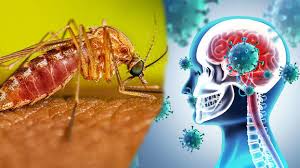February 15, 2025 – A recent study by the US Centers for Disease Control and Prevention (CDC) has revealed that the H5N1 bird flu has silently spread from animals to some humans who treat animals, raising concerns that bird flu cases may be significantly undercounted.
The study, which analyzed blood samples from 150 veterinarians across 46 states, found that about 2 to 3 percent of them had antibodies for the H5N1 infection despite showing no symptoms. This contrasts with infected poultry workers, who often exhibit symptoms and seek medical care, leading to recorded cases.
Dr. Gregory Gray, an infectious disease expert at the University of Texas Medical Branch in Galveston, emphasized that this finding suggests people are being infected through occupational exposure but are not developing signs of illness. “This means that people are being infected and not seeking medical care, leading to a likely underestimation of cases,” Gray stated.
The US is currently battling the spread of bird flu, with approximately 68 human infections reported last year. Researchers warn that tracking only symptomatic cases in medical clinics may not provide a complete picture of H5N1 transmission.
Among the veterinarians tested, three had worked with dairy cattle as well as other animals, though none had reported illness. One had direct contact with infected poultry. Previous research indicates that some dairy farmworkers have exhibited symptoms but were never formally diagnosed.
While these small-scale studies do not offer a definitive estimate of undiagnosed human infections, experts believe that the true number could be in the hundreds or even thousands.
Currently, experts advise that there is no immediate cause for alarm. However, researchers, including Jacqueline Nolting from Ohio State University, caution that any changes or mutations in the virus could increase its ability to spread among humans and potentially cause severe illness.
Disclaimer: This article is based on available research findings and expert opinions. The information provided is for awareness purposes and should not be considered medical advice. Individuals working with animals are encouraged to follow biosecurity guidelines and consult health professionals for concerns related to bird flu exposure.












